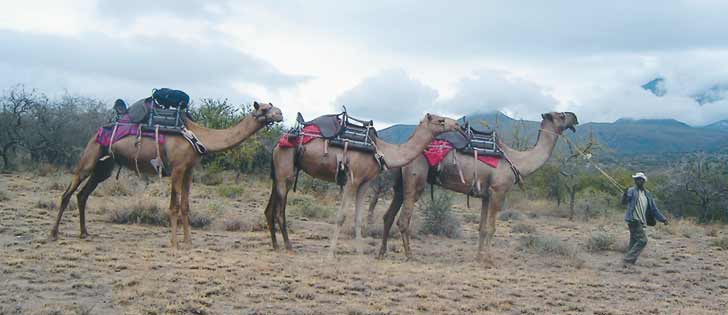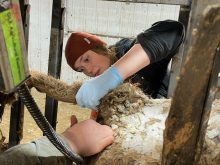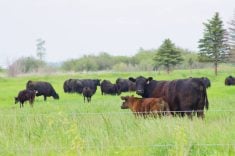Half a world away, Middle East Respiratory Syndrome (MERS) is an emerging human disease. It is a distant cousin to SARS, both are caused by coronaviruses that originated in animals.
In 2012, people in Saudi Arabia developed a sudden and severe respiratory illness characterized by trouble breathing, pneumonia, fever and cough. In the last three years, cases have cropped up in other countries in the Middle East’s Arabian Peninsula including Iran, Lebanon, United Arab Emirates, Jordan and Kuwait. While most cases occur in the Middle East, some are associated with travel to the region where people become infected in the Middle East and travel home before becoming ill.
Read Also

Manitoba bans wild boar possession
Manitoba has tightened the regulatory status of Eurasian wild boar in an effort to help fight back against invasive wild pigs.
The largest of such incidences occurred this year in South Korea, where a single traveller to the Middle East became infected before travelling home. The virus spread to more than 185 other people including family members, health-care workers and other hospital patients.
Since MERS is not well known outside the Middle East, diagnosis and isolation were likely delayed and allowed it to spread. Since 2012, there have been more than 1,600 confirmed cases and 579 people have died in 26 countries.
The severity of MERS is alarming with 30-40 percent of affected people dying of the disease. People who have other diseases, including those of the lung, kidney and immune system, are more likely to develop the severest forms of MERS. There is no specific treatment and no vaccination.
Similar to SARS, the MERS virus spreads between people through close contact. But luckily, it does not spread as easily as other viruses like the flu. If the MERS virus mutates to become more infectious, larger, more widespread outbreaks are expected.
Where the virus came from and why it is suddenly emerging remains a mystery. Researchers have found that many one-humped (Dromedary) camels in the region have antibodies against the MERS virus, suggesting they were previously exposed to it. Furthermore, people who work with camels, such as farmers and camel butchers are more likely to have evidence of MERS virus exposure. The nature of the outbreak suggests that transmission from camels to people has occurred multiple times. It is likely that contact with camel secretions and unpasteurized camel milk are likely virus sources. From these initial cases, the virus is mainly spread within hospitals.
While camels are implicated in the direct transmission of the virus to people, it isn’t certain if they have been carrying the virus for centuries or if it recently crossed into camels from another species. So far, the evidence points to an African bat species as the original host with recent spillover from bats to camels.
Once in camels, it apparently spread between them. Through the extensive camel trade in the region, the virus made its way into the Middle East. There, slaughter practices and milk consumption may have facilitated transmission to people.
A 2015 study published in the journal One Health by Gary Crameri and colleagues in Australia sought to further support this theory. Since Australia is home to a large population of feral camels, which were introduced at the end of the 1800s, it is a great population to compare to the Middle East camels. They found that none of the camels have evidence of exposure to the MERS virus. This supports the idea that the virus is a more recent introduction into the East African and Middle East camel population.
The risk of picking up this virus from a camel on the Canadian Prairies is remote, however, international air travel could bring this disease to our doorstep in a matter of hours.
With ongoing conflict in the Middle East and a breakdown of medical care in war-ravaged Syria and Iraq, undisrupted MERS transmission is a possibility.
Emergence of MERS is another example of how new human diseases can arise from changes to land use and for this reason, MERS is comparable to SARS and Ebola.
When we move into previously uninhabited landscapes along with our domestic animals, there is an opportunity for infectious agents to find new hosts. Sometimes this happens indirectly, like the proposed mechanism with MERS, where the virus first establishes in a domestic animal before crossing into people. Other times, these viruses can move directly from their wildlife reservoir to people.
As human populations continue to grow exponentially worldwide, expansion into natural areas will increase, which will create more opportunities for diseases like MERS to emerge.















